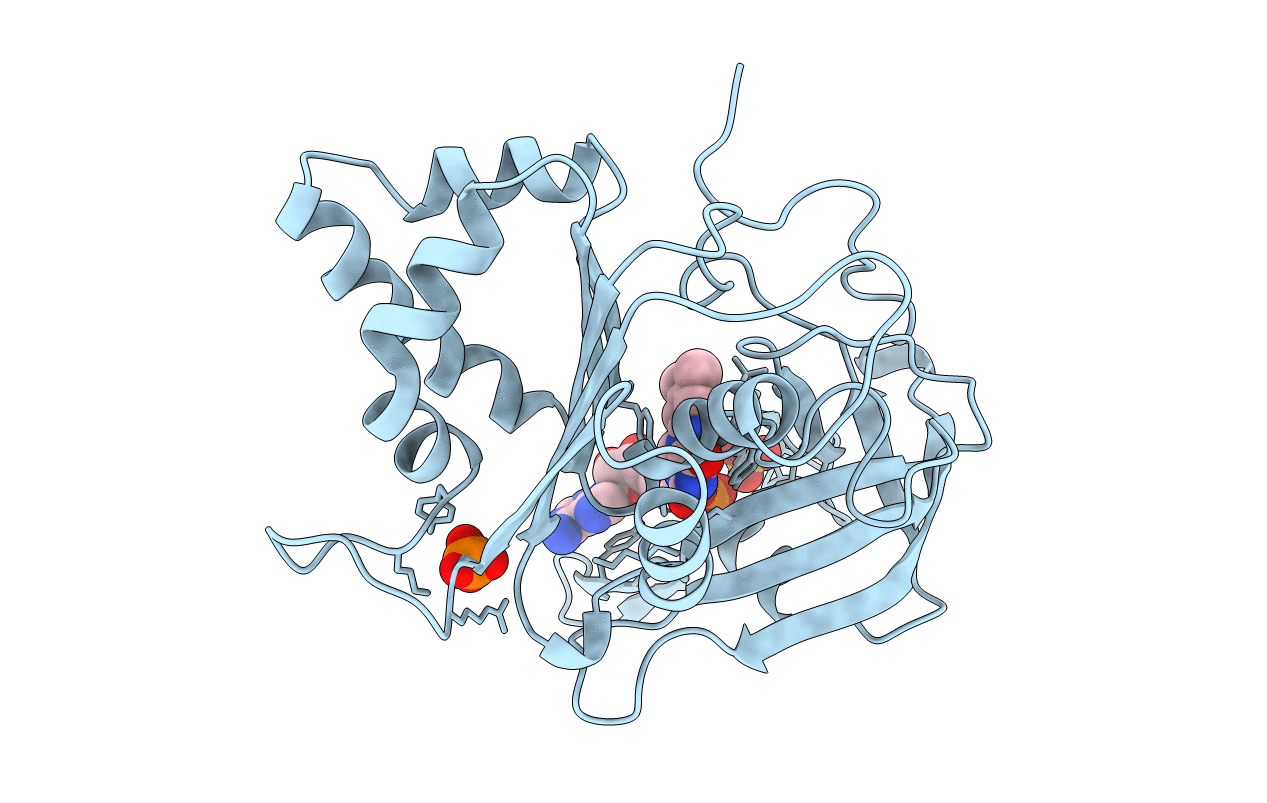
Deposition Date
1998-10-10
Release Date
1998-10-14
Last Version Date
2023-08-09
Entry Detail
PDB ID:
1BX0
Keywords:
Title:
Ferredoxin:nadp+ oxidoreductase (ferredoxin reductase) mutant e312l
Biological Source:
Source Organism:
Spinacia oleracea (Taxon ID: 3562)
Host Organism:
Method Details:
Experimental Method:
Resolution:
1.90 Å
R-Value Work:
0.19
R-Value Observed:
0.19
Space Group:
C 1 2 1


